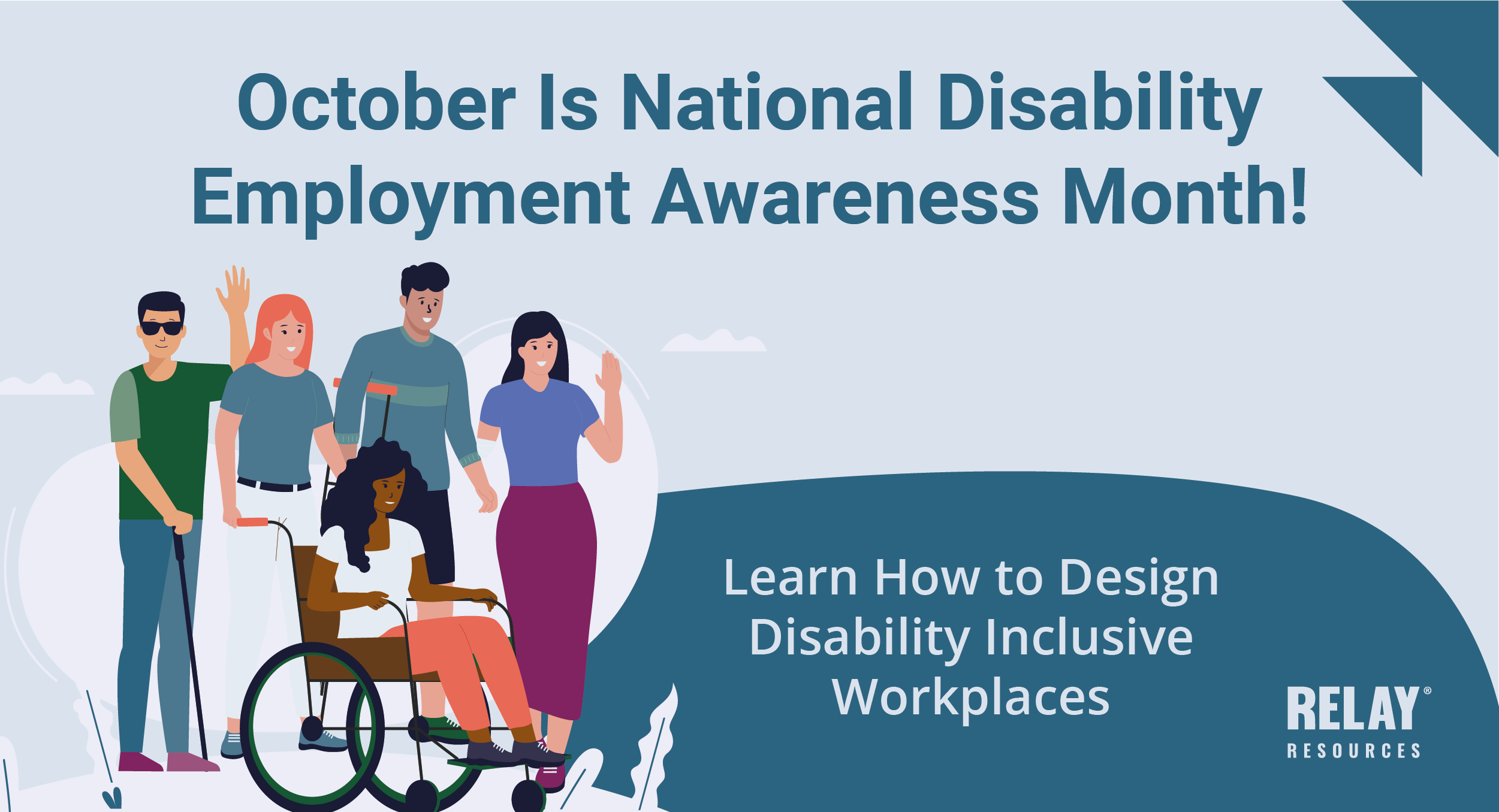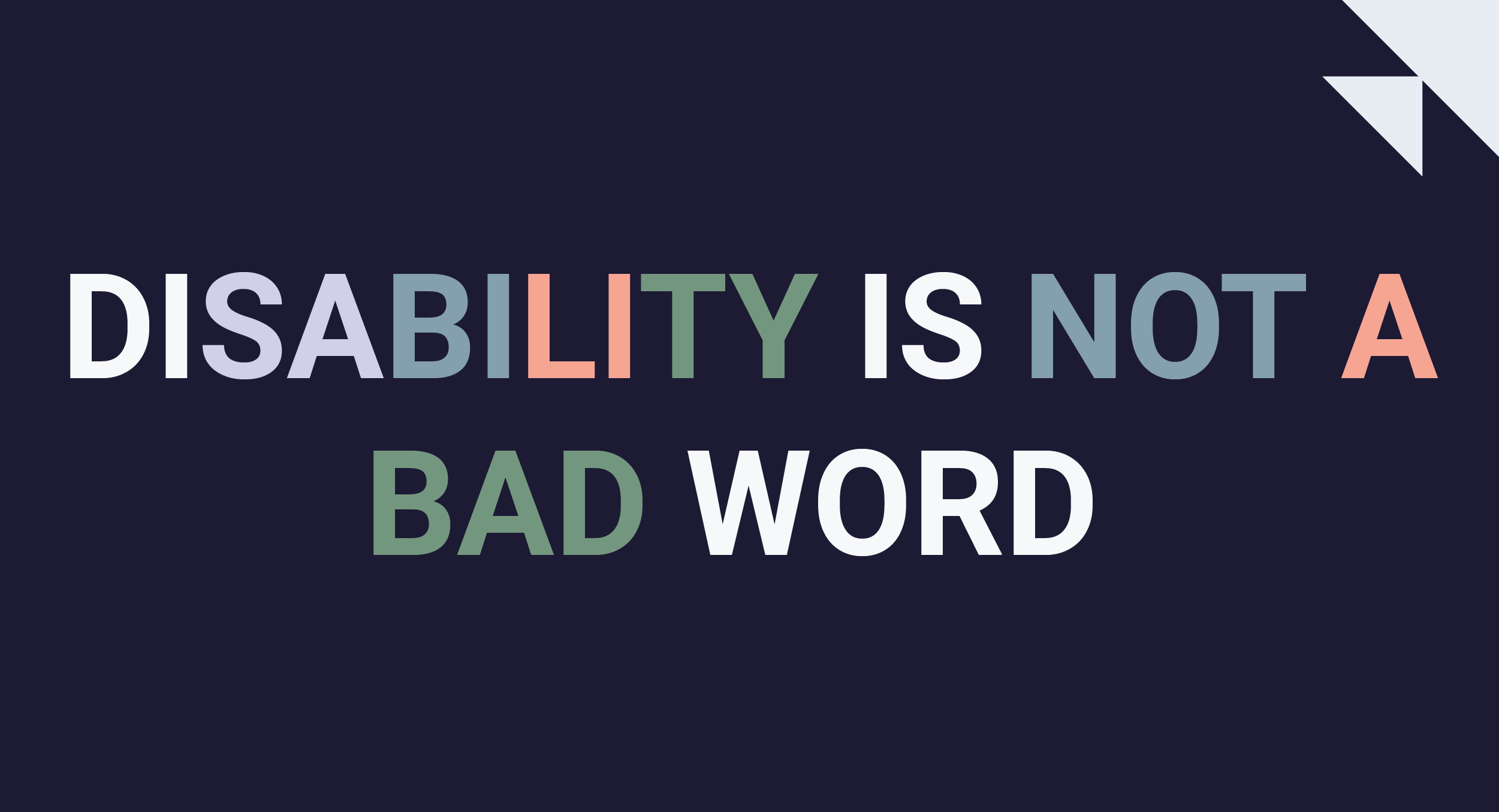
What comes to mind with the term “disabled”? Do you imagine someone in a wheelchair? What about “disability”? What images, associations, or thoughts do you have? Do you feel “sorry” for people with a disability? Are you unsure of how to talk about the terms “disabled” and “disability”? In this blog, we’ll explore the word “disabled,” how it evolved, and why it’s often the preferred term for the disability community today.
The Power of Terminology
"Disabled” and “disability” are the preferred terms of the community when referring to people with disabilities. If you’re still using those seemingly “nice” terms like “handicapped,” “handicapable,” or even “special needs,” it’s time to retire them. Avoiding the word “disabled” only increases stigmatization for those in the disability community. Disability is not a bad word! It is a natural aspect of the human experience, not something to be ashamed of or stigmatized for.
When we soften the language around disability, easing into terms like “differently abled” or “temporarily able-bodied,” we may be trying to make nondisabled people more comfortable, but we’re ultimately sidelining the reality of disability itself. Not naming it for what it is—*disability*—can inadvertently prevent us from fully providing the rights and access that disabled individuals deserve.
To truly advocate for an inclusive society, we must confront the fact that we all need different things to thrive. The word “disabled” is not a limitation, but a recognition that some people—and their bodies and minds—need specific accommodations in order to participate fully in life. When we use a realistic term like “disabled,” we acknowledge that there is no “one size fits all” way to exist in this world. Bodies come in all shapes, sizes, and abilities, and it is our collective responsibility to meet these diverse bodies where they are, ensuring that everyone has the support they need to live their lives with dignity, autonomy, and opportunity.
As writer and advocate Stella Young says in her TEDx Talk, “I’m Not Your Inspiration, Thank You Very Much,“ “I want to live in a world where we value genuine achievement for disabled people. …Disability doesn’t make you exceptional, but questioning what you think you know about it does.”
But what exactly is a disability? There are many different definitions of the word, although they usually fall under three different categories: medical, legal, or social.
The Medical Perspective
Medical definitions of disabilities might include those that would render someone unable to work and therefore able to apply for Social Security Disability Insurance (SSDI). According to the Centers for Disease Control and Prevention, disability “is any condition of the body or mind (impairment) that makes it more difficult for the person with the condition to do certain activities (activity limitation) and interact with the world around them (participation restrictions).”
Similarly, according to global public health group the World Health Organization, disability has three dimensions:
- Impairment in a person’s body structure or function, or mental functioning—examples of impairments include loss of a limb, loss of vision, or memory loss
- Activity limitation, such as difficulty seeing, hearing, walking, or problem-solving
- Participation restrictions in normal daily activities, such as working, engaging in social and recreational activities, and obtaining health care and preventive services
People in the United States often need to undergo an assessment to see if they qualify for SSDI benefits. The Social Security Administration has a list of impairments listed in what’s colloquially known as the “Blue Book.”
The Legal Definition
The Americans with Disabilities Act (ADA) legally protects those in the disability community against discrimination. The ADA is the federal, legal framework that would enable one to use the legal system to go after an employer for discrimination, and it upholds one’s rights as a disabled person.
As the ADA itself notes, there is “a specific definition of the term ‘disability’ that establishes the requirements a person must meet to be considered ‘an individual with a disability under the ADA.’ Determining whether you are a person with a disability under the ADA is not always simple.
The ADA defines a person with a disability as someone who:
- Has a physical or mental impairment that substantially limits one or more major life activities
- Has a history or record of an impairment (such as cancer that is in remission)
- Is regarded as having such an impairment by others, even if the individual does not actually have a disability (such as a person who has scars from a severe burn that does not limit any major life activity)
Exploring the Social Definition

In their article “The Social Model of Disability Explained,” Sarah Buder and Rose Perry, Ph.D., discuss how “the social model of disability makes an important distinction between ‘impairments’ and ‘disabilities.’ Impairments can be thought of as the functional limitations an individual might face (e.g., not being able to walk). Disabilities, on the other hand, are the disadvantages imposed on individuals by a society that views and treats impairments as abnormal, hence worthy of exclusion.
Social definitions of disability might explore academic or sociological aspects (like intersectionality) between disability and race, sex, gender, nationality, etc. The social definition of disability might say that rather than relying on individual diagnoses and personalized plans, the support structures themselves need to change, so that systems are structured to include people with all disabilities.
Mindfulness in Our Language
In embracing disability culture, we shift from thinking of disability as something to be fixed or feared, to making it the norm and ensuring it is understood. Caring for and paying attention to the needs of all bodies and minds starts with reframing our perspectives—redefining our values around inclusion, accessibility, and respect.
But we must start by calling it how it is, using the terms “disabled” and “disability.” “When I call myself disabled,” says Canadian writer Amanda Leduc, “I am saying that the disability community is wide and bright and beautiful, and welcoming of all, and that we become stronger with every person who joins us. I call myself disabled so that others with disabilities across a wide spectrum might one day feel comfortable doing the same.”
We can do this by being mindful of our language, both in the words we speak aloud and the thoughts we hold in our minds. By recognizing disability as a fundamental aspect of the human experience, we not only affirm the dignity of disabled individuals, but also challenge societal norms that have long restricted our collective imagination about what it means to live fully.
By reinterpreting disability, we open up new possibilities, illustrating that differences are not something to be feared or overlooked, but rather offer a wellspring of resilience and depth. Together, we must create a future where accessibility is the foundation, not the exception—where all of us, regardless of ability, can thrive in a world designed to accommodate everyone’s needs.
Relay Resources offers employment and business solutions for and with people with disabilities. Learn more about what Relay Resources does here, along with how you can support inclusive workplaces or find employment.
Related Posts
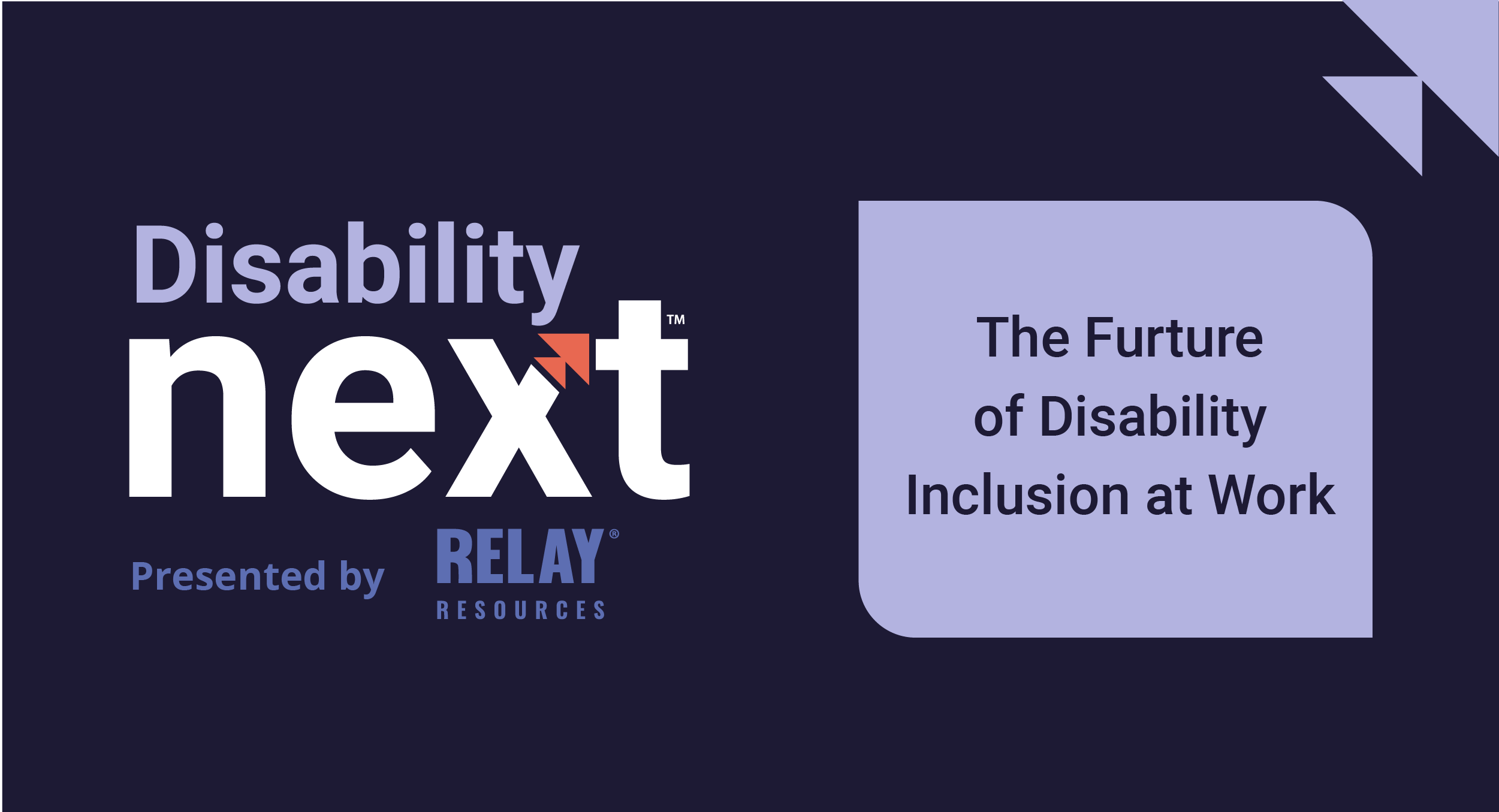
Introducing the DisabilityNext™ Summit
Relay Resources is pleased to announce the upcoming DisabilityNext™ Summit, an event dedicated to advancing conversation and actions around...
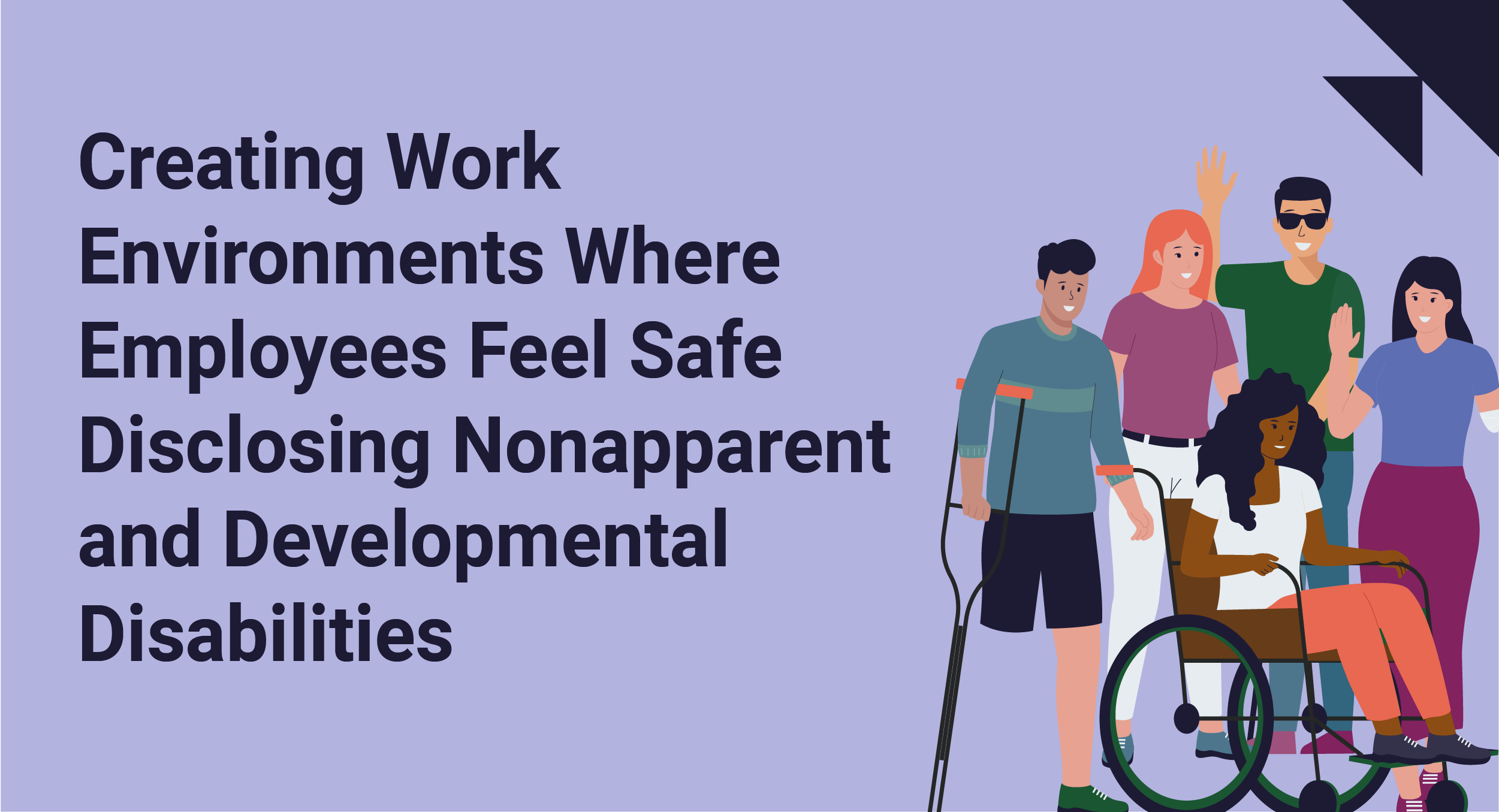
Creating Work Environments Where Employees Feel Safe Disclosing Nonapparent and Developmental Disabilities
We explore solutions to make your workplace more inclusive for all, including people with developmental disabilities.
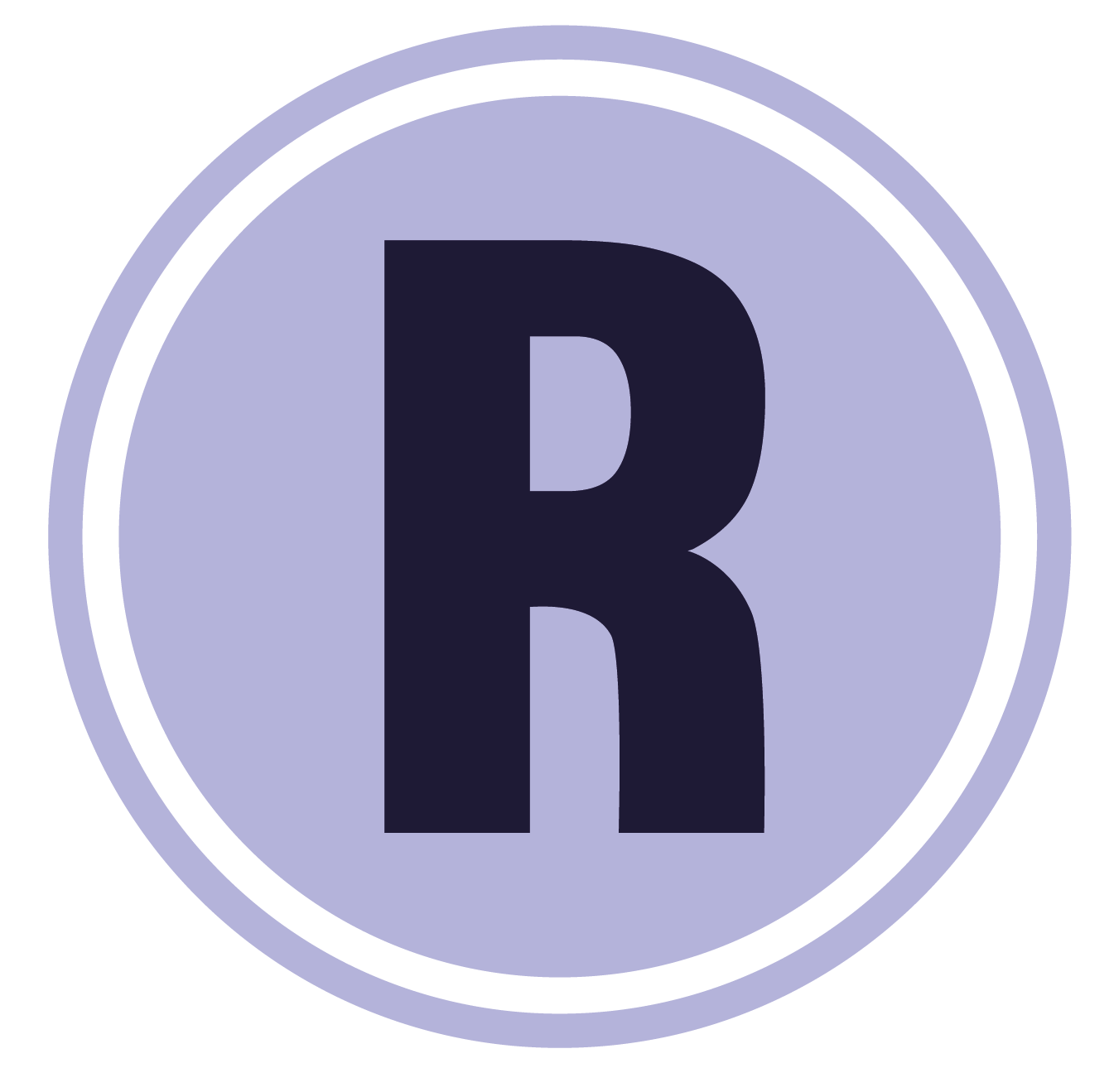 Relay Resources
Relay Resources
